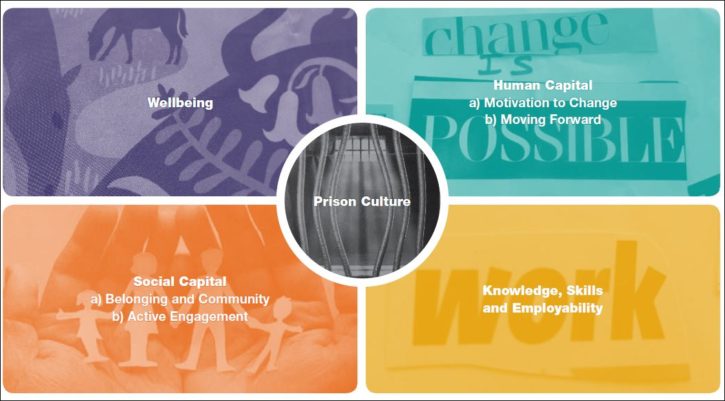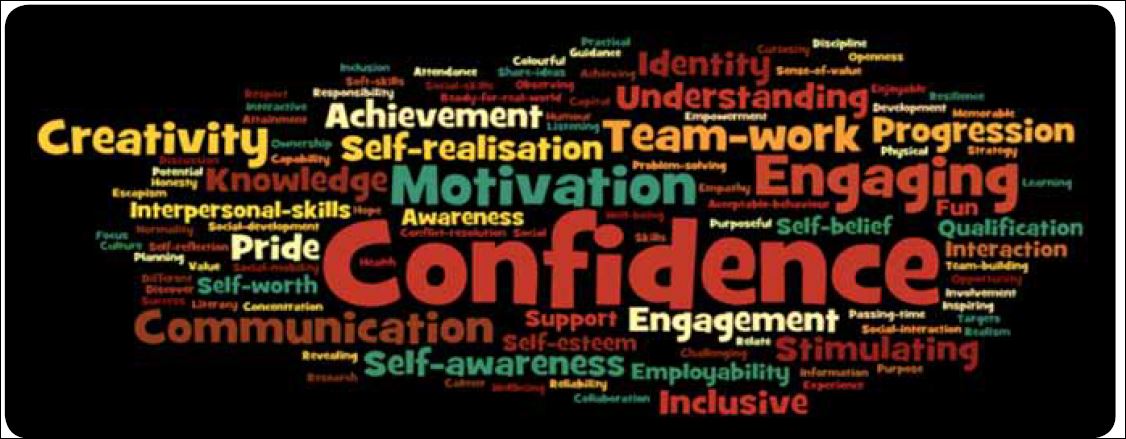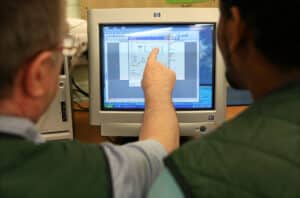A theory of change exploring the value of learning in prison
There’s an unspoken assumption, shared by many of us, that education is a good thing – Tony Blair built a whole election campaign around it.
When it comes to prison education, that assumption becomes even stronger and the former Justice Secretary, Michael Gove, based his prison reform programme on improving education for prisons.
But, what is prison education for?
A new (June 2016) report from the Prisoner Learning Alliance in partnership with New Philanthropy Capital asks exactly this question and develops a theory of change exploring the value of learning in prison.
Authored by Nina Champion, Head of Policy at the Prisoners’ Education Trust, and James Noble, Deputy Head of Measurement and Evaluation at NPC, the paper aims to stimulate debate and conversation about the purpose and value of prison education and how we can more strategically evaluate the benefits and consequently improve provision.
The report argues that there are five broad themes around the benefits of education:

The authors think that, collectively, these five themes lead to longer term outcomes including:
- The development of the whole person,
- A prison culture that promotes rehabilitation,
- Participation society,
- Making a positive contribution, and
- Sustained employment or self-employment.
The thinking is that each outcome potentially contribute to the desistance process and improvements across all the NOMS pathways (accommodation, finance, family, employment, health, substance misuse and attitudes, thinking and behaviour) and therefore to reduced reoffending.
The report
The report explains each of these five themes in turn and constructs the theory of change for each of them. Each theory of change sets out the “context” or situation prisoners find themselves in, the “change process”, which attempts to capture how education works for prisoners, and the short- and long-term hoped for outcomes.
The example below is from the wellbeing theme:

Complexity
Of course, separating out these change processes does not mean that they operate independently. Indeed all the different change processes and outcomes could potentially support one another. For example, greater confidence drawn from achievement of tasks may make people more willing to collaborate with others.
The authors make the point that these are not simple cause and effect processes; as with overall desistance theory, there is not one thing that needs to happen to help someone move away from crime, nor is there one single journey. Rather, it is about building capacities in individuals and a positive momentum that can help people improve their lives.
The authors acknowledge that there is a danger presenting the theory of change in a way which looks too “neat”, linear or simplistic but it’s clear that this is not what they intend. Rather they are arguing that:
The value of education is so nuanced and complicated that the only way to summarise it faithfully is at a general level.
They make the point that it is very important to remember that education is not something that is “done to people” but a participatory process; it is that participation which can be so empowering.
Conclusion
This is an extremely valuable report which makes for good reading and will stimulate considerable thinking on the part of providers, researchers and policy makers. In my opinion, the authors have succeeded in their goal of distilling and summarising the main arguments about prison education in a way which:
- Makes the overall argument for prison education clearer and stronger.
- Helps to organise existing empirical research around education in prisons.
- Identifies the arguments where the evidence is not as strong and where further research is needed.
- Enables practitioners to use the concepts to develop their own theories of change for specific programmes.









2 Responses
It will depended hugely on the Education syllabus that different providers offer and at the moment it seems to be biased to whatever funding can be drawn down the most. It should also be less about ‘one size fits all’ approach and mirror an effective appraisal procedure and incorporate the personal development needs of individuals. Please consider those who deliver Education development and under difficult conditions . They are often seen as the poor relation to non offender FE colleagues and yet go about their role making such profound differences to the prisoners life and may hold many of the answers to the questions this blogg is highlighting…just a thought
Thanks for your comment Tracey. I understand that work on prison reform is going ahead over the summer despite the change in Justice Secretary, hopefully some further details about the education reforms should start emerging soon.
Best Wishes
Russell